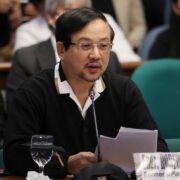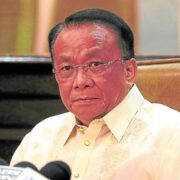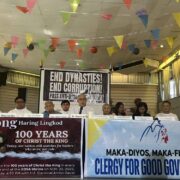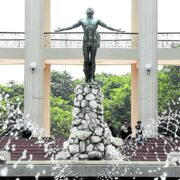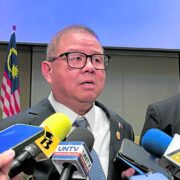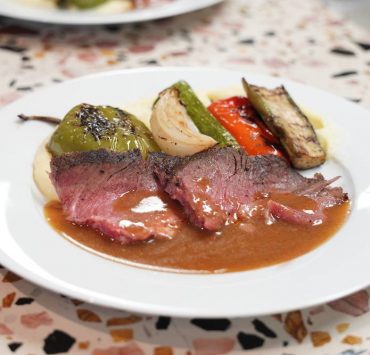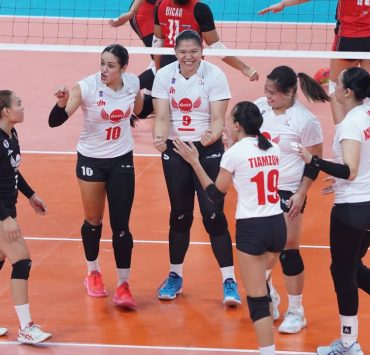Columbarium built for Duterte drug war victims
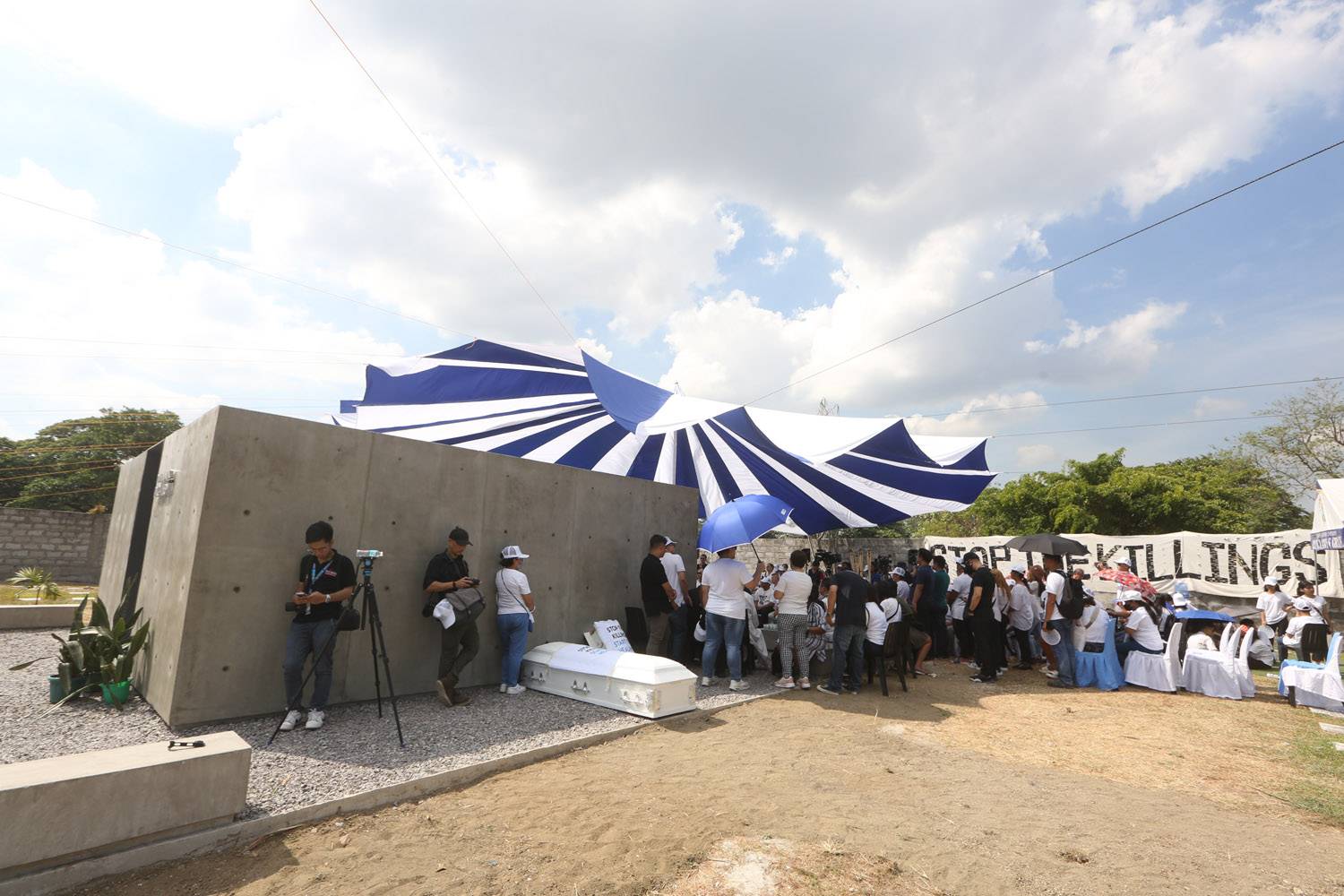
Urns containing the ashes of 11 victims of the Duterte administration’s brutal war on drugs have been relocated to a new memorial in Caloocan City, which now gives their families a special space for remembrance, for healing, and for their collective cry for justice.
The “Dambana ng Paghilom” (Shrine of Healing) was formally opened at La Loma Catholic Cemetery on Wednesday. It is mainly an open-air columbarium with 100 vaults that can accommodate four to six urns each.
Fr. Flavie Villanueva, a Catholic priest looking after the grieving families through Project Paghilom, said he pushed for the construction of the shrine after hearing about a poor widow’s predicament in 2021: Her husband’s remains had to be exhumed because the five-year grave lease was about to expire.
The widow’s case was not uncommon, as thousands were killed by the police during the six-year antinarcotics crackdown unleashed by then President Rodrigo Duterte to fulfill a campaign promise. The targets were mostly slum dwellers yet to be booked or formally charged with drug offenses, but were shot dead in raids because the police claimed they were armed and had resisted arrest.
Duterte and 11 other ranking officials who supported or played key roles in his so-called drug war are now facing investigation in the International Criminal Court for alleged crimes against humanity.
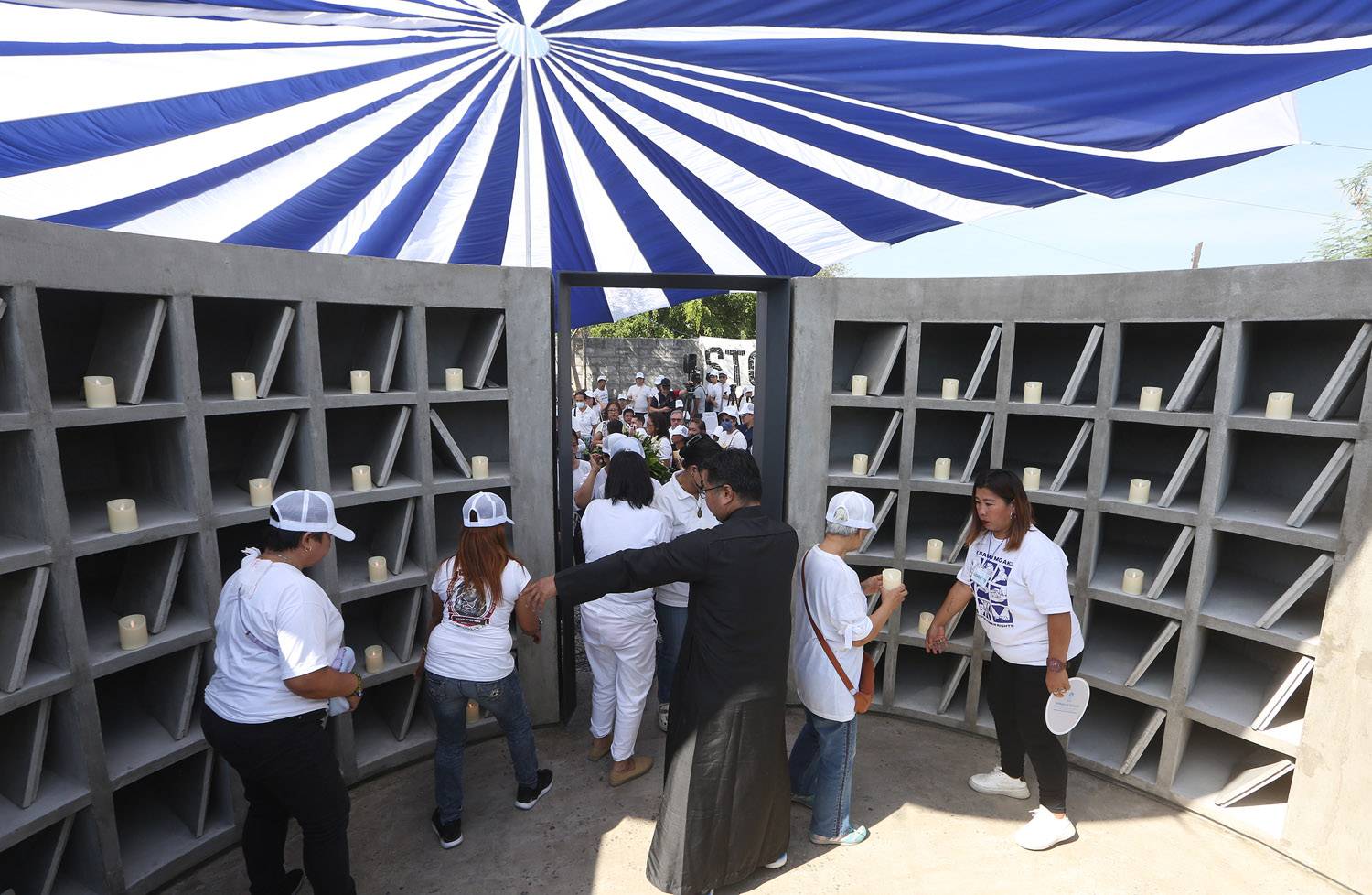
No more common graves
“From the very first kill in late May 2016, we were looking for a place for the victims’ remains,” Villanueva told Wednesday’s gathering that included foreign diplomats, former Sen. Leila de Lima and Sen. Risa Hontiveros.
“I am a witness to those (cases where the bodies) went missing. I would never allow one more set of remains to be thrown into a common grave,” he said. “From that moment on I said, ‘no more.’”
“That was when we started this dream, which is now here in front of us as a memorial,” the priest added.
It should serve as a reminder, he said, of the “evil” that caused such deaths but which would “not last if there are people who will fight for life, truth and peace.’’
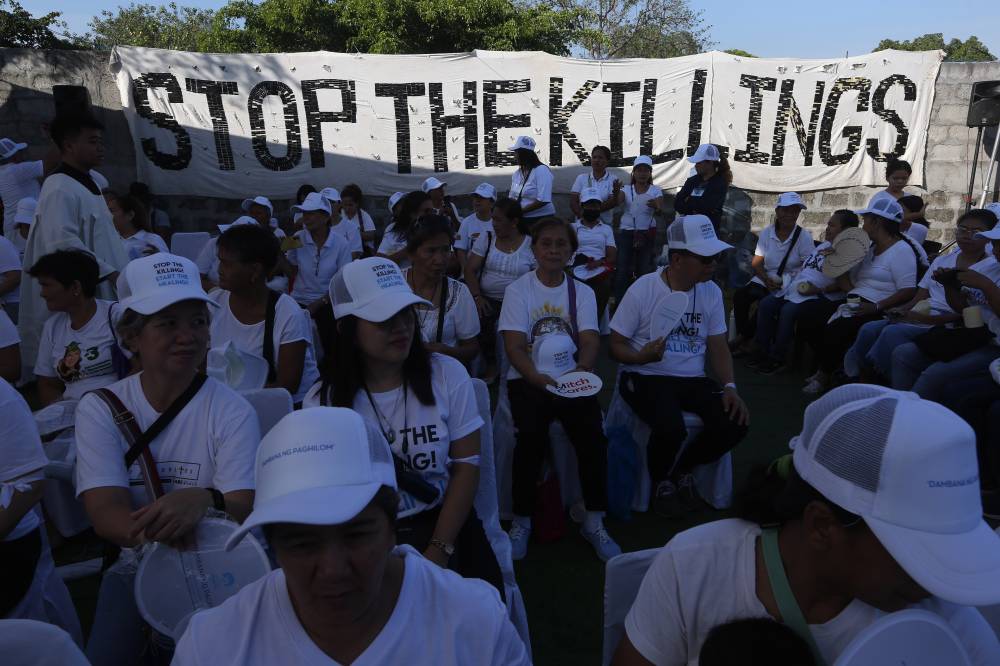
Exhumed, re-autopsied
The 11 victims transferred to the Caloocan shrine on Wednesday make up the first batch. Being the earliest names on the drug war death toll, they were first interred in regular tombs but were later exhumed as the leases expired in 2021.
Before being cremated, the exhumed remains underwent a re-autopsy performed by forensic pathologist Dr. Raquel Fortun as part of Project Paghilom’s comprehensive assistance to the families, which also included legal services and psychosocial counseling.
“Every month we will be scheduling more exhumations and inurnments,” said Teresita Castillo of Arnold Janssen Kalinga Foundation Inc., one of the groups supporting Project Paghilom. “The process of exhumation, re-autopsy and cremation is ongoing.”
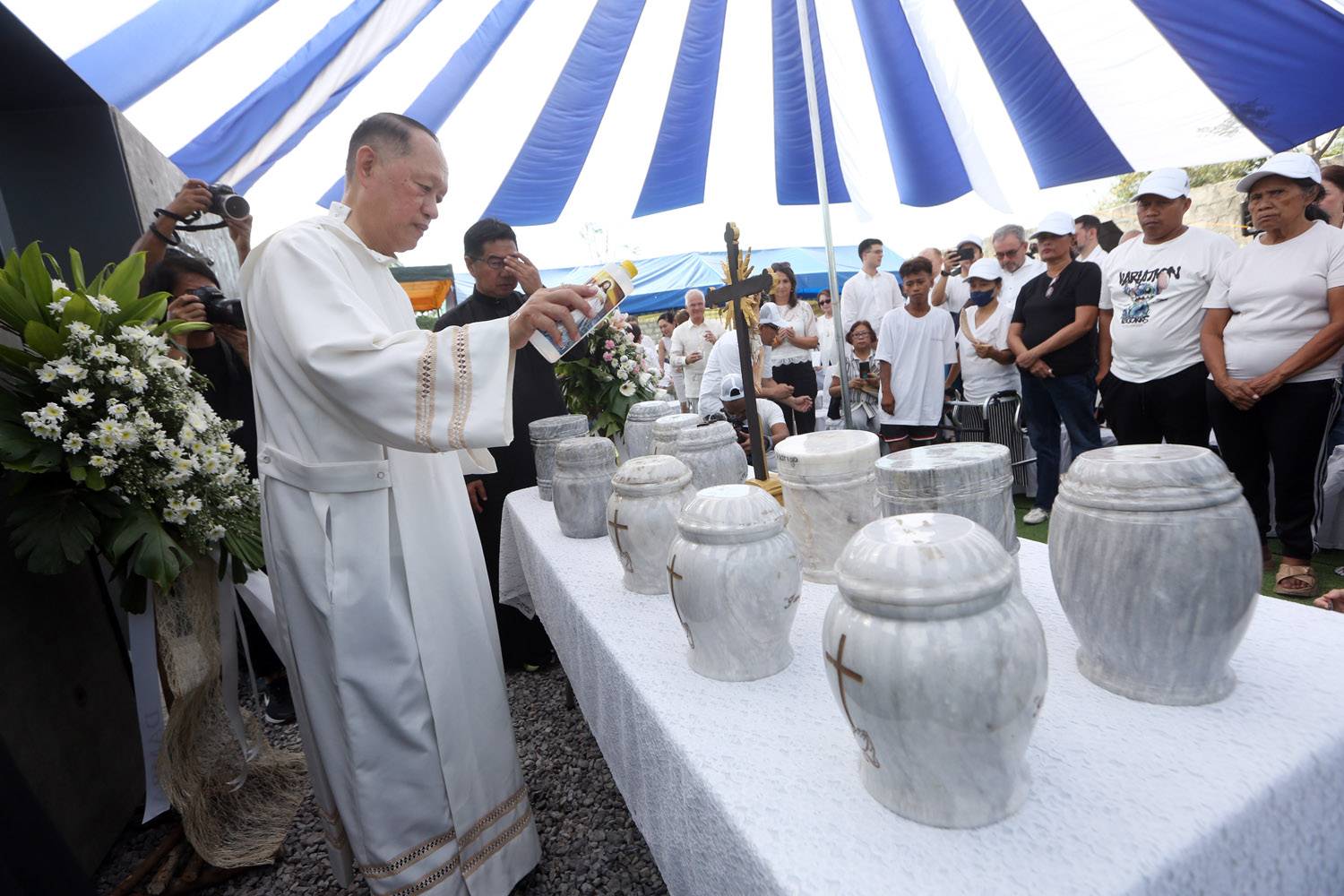
Process ongoing
As of the latest count, 101 bodies of drug war victims have been exhumed and re-autopsied, with the next cremations scheduled for May 9, Castillo said.
Funding for the construction of the shrine and other forms of support for Project Paghilom have came mostly from volunteers and donors, including the European Union, she added.
Among the foreign diplomats present during the inauguration were ambassadors Andreas Michael Pfaffernoschke of Germany, Laure Beaufils of the United Kingdom, and Marielle Geraedts of the Netherlands. INQ




